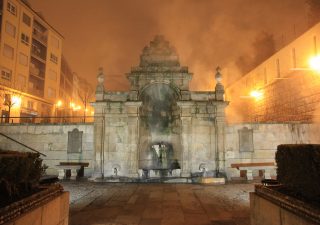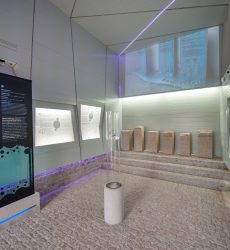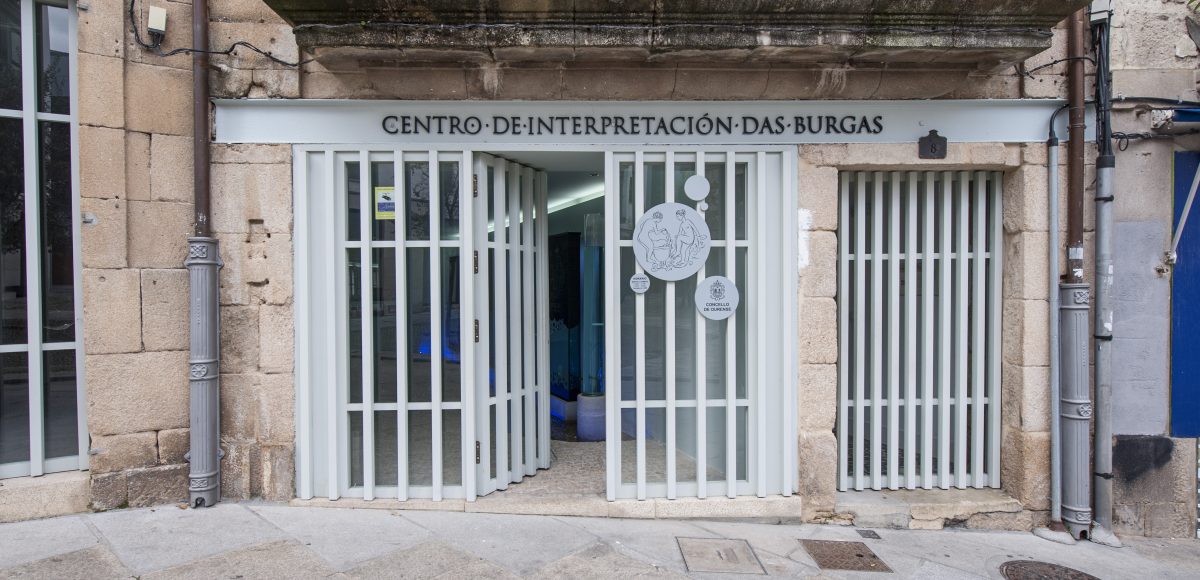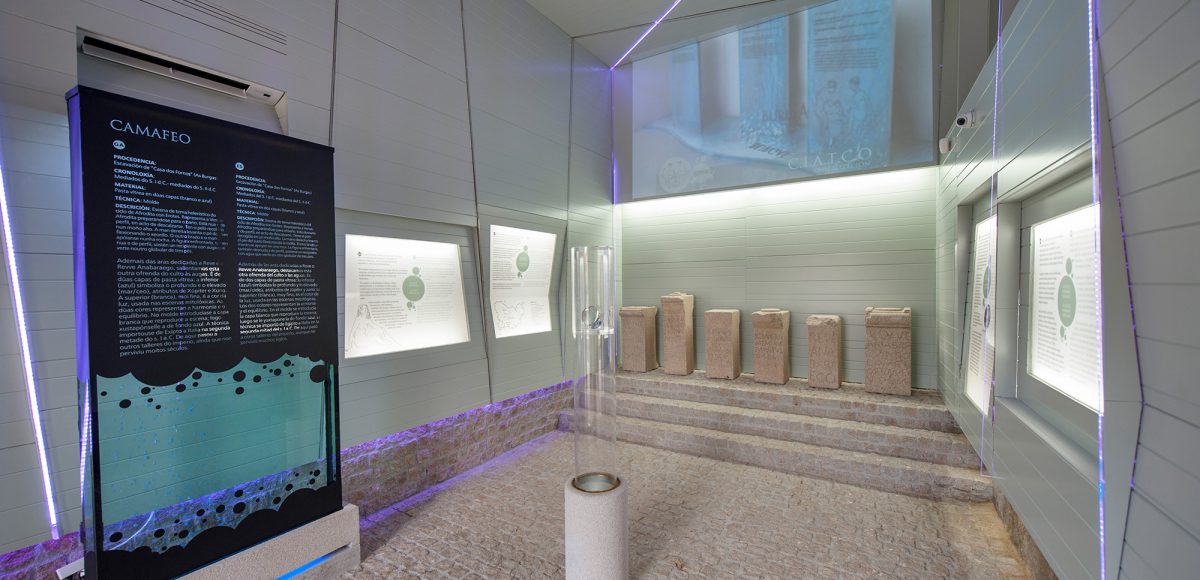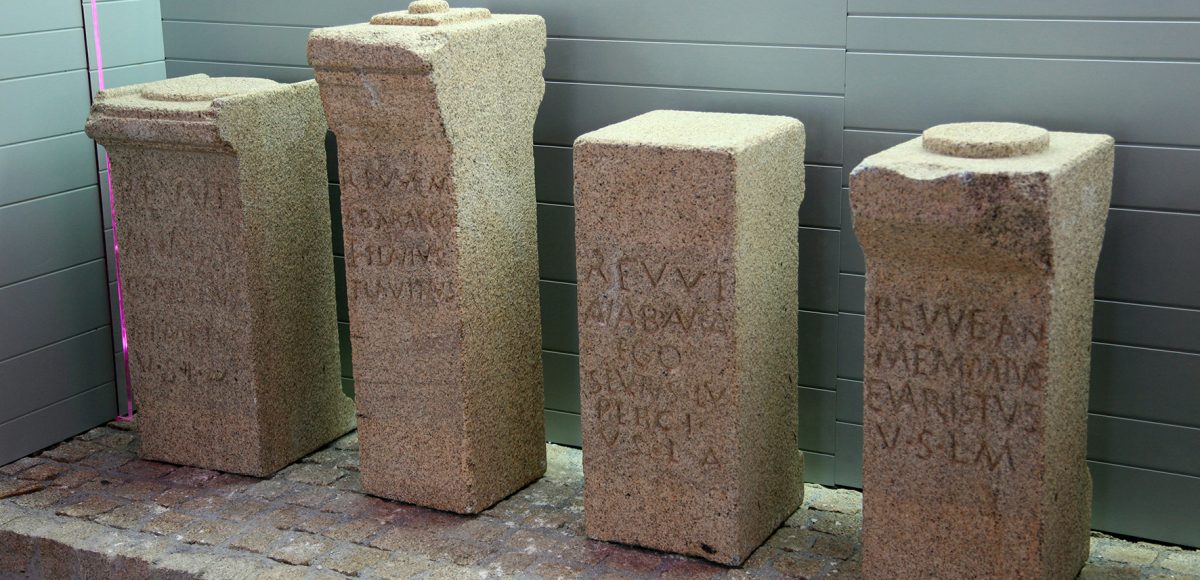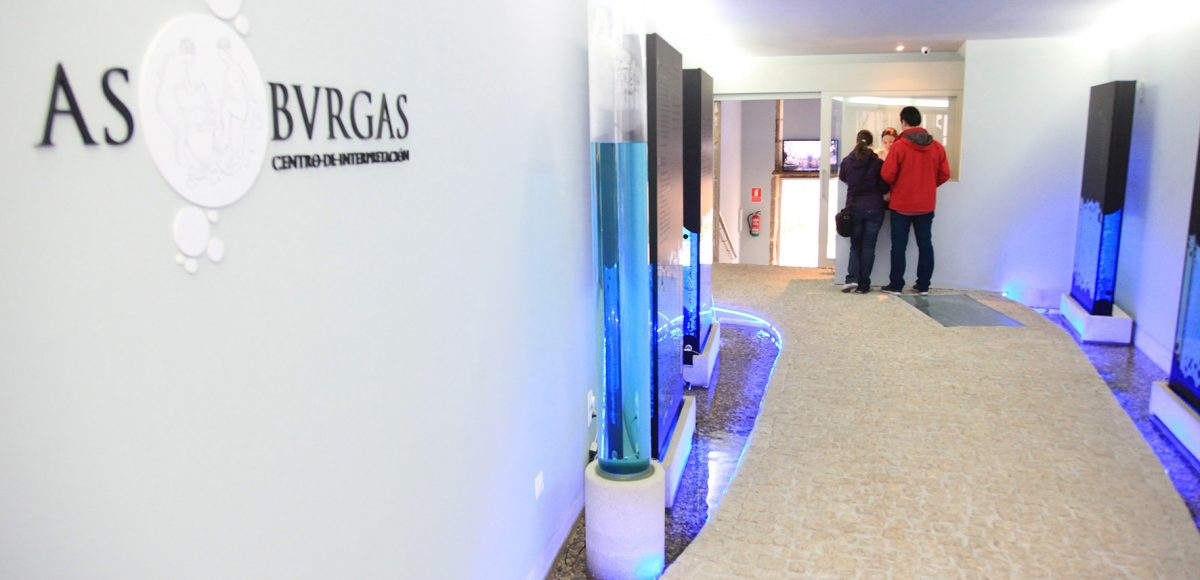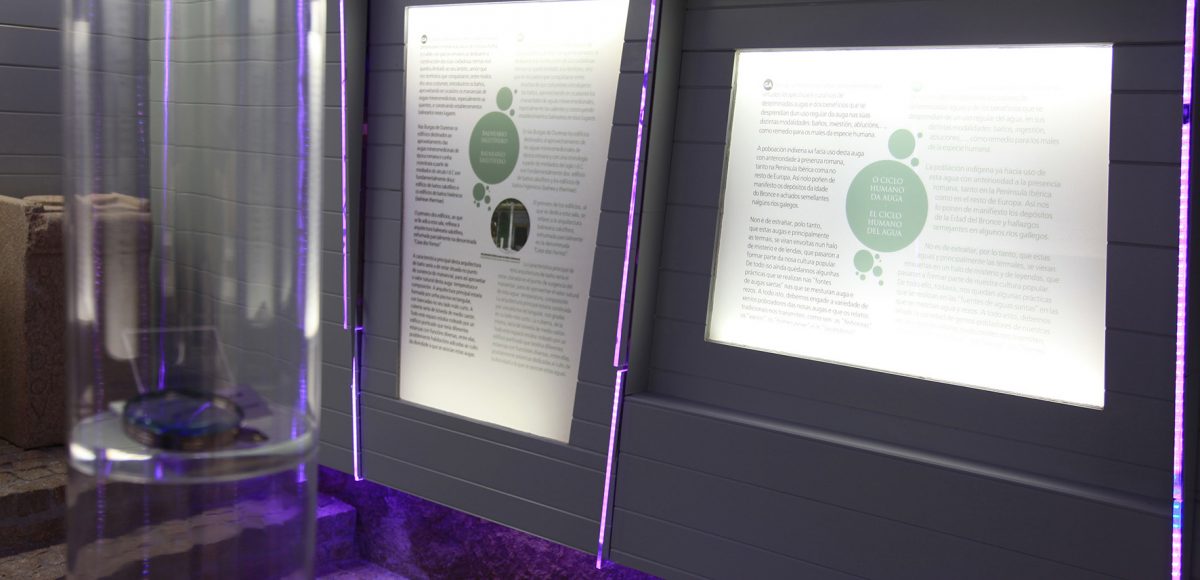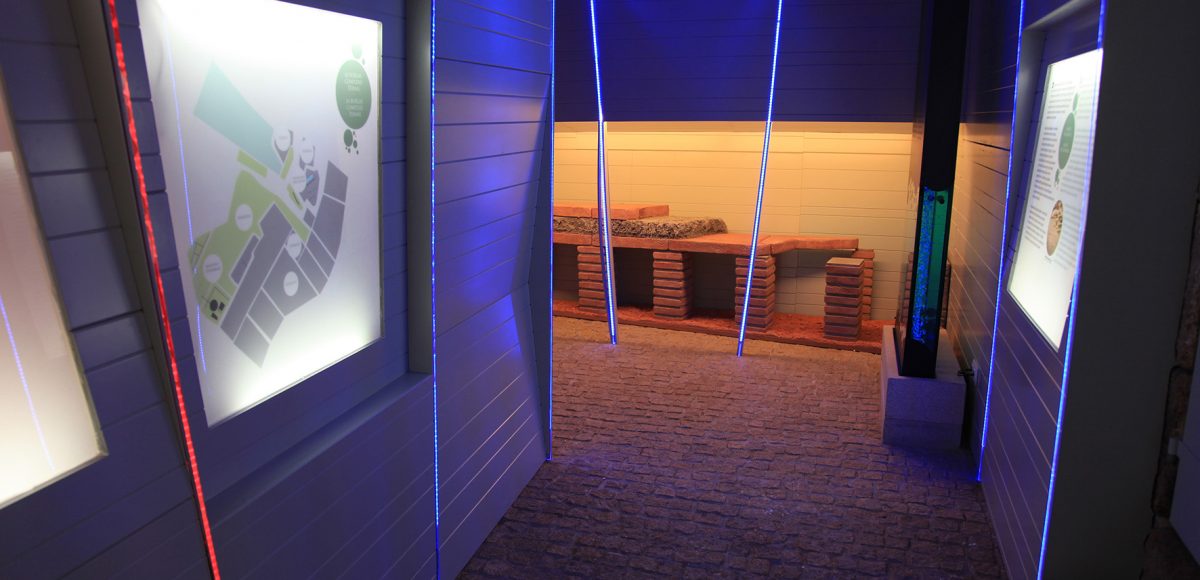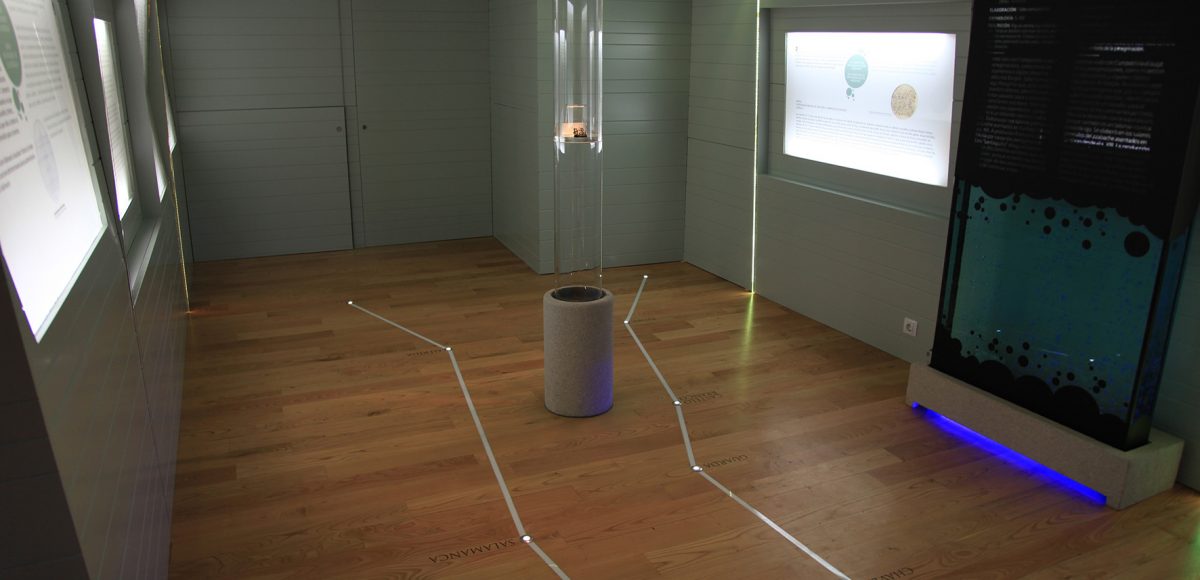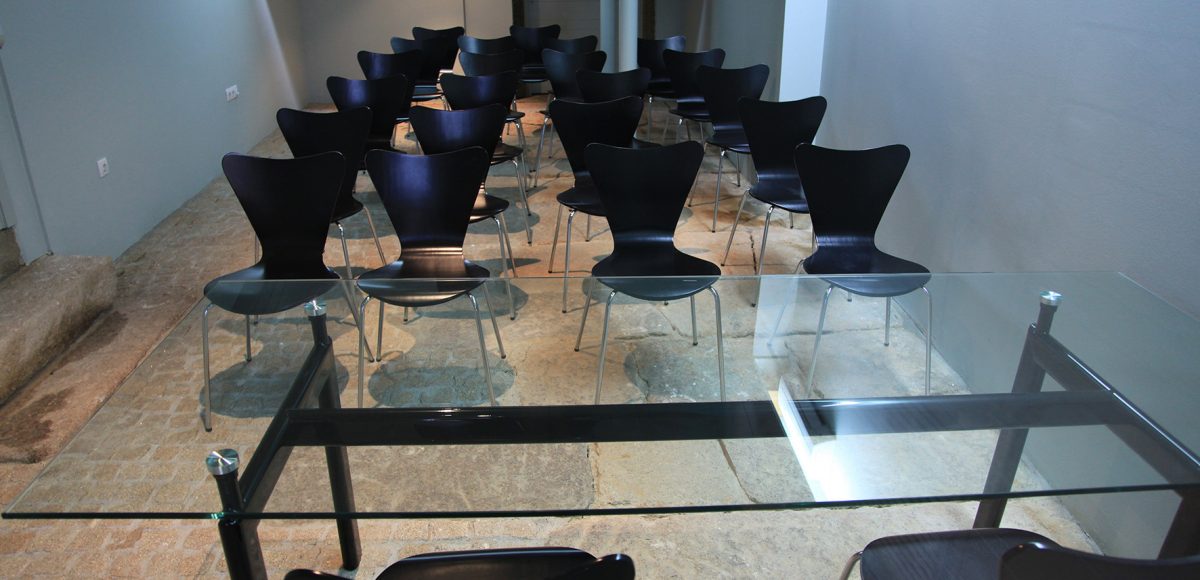
As Burgas Interpretation Centre
Rúa do Vilar, 8, 32005
Monday to Friday: 09.00 a.m. to 02.00 p.m (temporary schedule)
Five rooms dedicated to exploring the history of the hot springs in Ourense.
ES Centro de Interpretación de As Burgas | GL Centro de Interpretación das Burgas
News: Access for Praza da Ferreiría due to works in the area. Close on July 8th and 10th, 2024
It is difficult to explain in just a paragraph the history of As Burgas. To better understand this place (declared of Cultural Interest in 2007), this interpretation centre brings us closer to its evolution through five rooms. Thanks to them we will understand its origin, its composition, its legends and its relationship with the birth of the city; the ancient devotion through the altars or the cameo; how As Burgas persisted in the Middle Ages, or the relationship between these waters and the pilgrimages to Santiago.
The result of the many archaeological excavations in the area, this centre is a space for research and promotion of Ourense’s thermal-archaeological heritage.
The main entrance is on Vilar street (though you can also enter from the boulevard). The centre has five exhibition halls, a reading room and an audiovisual rooms, all of them inviting visitors to better understand the most important heritage of the city, the hot springs.
The exhibition is divided into 5 areas:
1. Entrance, “Introduction to the World of Healing Waters”: two pools with symmetrical columns symbolize the origin of As Burgas, reproducing motifs and descriptive texts that will introduce us to Ourense’s thermal culture, from legends to geology.
2. “Water, Landscape and Territory”: shows the composition of the waters and their therapeutic uses, linking them to the thermal origin of the city of Ourense, 
3. “Spas”: by treating the pavement and the play of light, the image of a spa pool is evoked here, incorporating a reproduction of the five votive altars found in the area as well as a Roman cameo, symbol and image of the Centre. Thus the worship of the water deities is recalled.
4. “Baths”: the room is dedicated to the balnea, the most common type of Roman baths. The explanatory panels explain how these facilities used to work, and how they used thermal waters for the hot baths or hypocaust.
5. “Abandonment and Recovery”: the screens and showcases collecte references to the medieval spas, the uses of water and the relationship between As Burgas and the pilgrimages to Santiago.
The visit is completed with a walk along the pedestrian boulevard of As Burgas, in the rear of the centre; a green area that connects Burga street to Baño street functioning as an open-air museum. There you can visit some of the archaeological discoveries in the area: three contemporary wells, a medieval tomb, Roman wall structures of the balnea of As Burgas and the sanctuary pool of Revve Anabaraego, dating from the first century A.D. and unique in Spain.
Schedule
Monday to Friday: 09.00 a.m. to 02.00 p.m (temporary schedule)
Contact
+34 988 250 103

